There are several factors that can promote facial hair growth, but today, facial laser hair removal offers you the possibility to get rid of it permanently and safely.
Here's what you need to know about permanent laser facial hair removal!

What causes facial hair in women?
Here are some factors that may promote strong facial hair growth in women:
- An increase in male hormone levels, mainly caused by PCOS, can cause facial and body hair growth in women.
- Increased estrogen levels, often during pregnancy, can promote increased facial hair growth. Menopause can also contribute to this growth.
- Genetics is another factor that has a big impact on facial hair growth.
- External factors such as taking certain medications can increase the level of androgens (male hormones) in women, causing an increase in facial hair.
Laser facial hair removal, how does it work?
Laser hair removal uses a beam of light to eradicate excess hair on the face. This beam of light penetrates the hair follicle, before being absorbed by the hair pigment and transformed into heat which then destroys the follicle.
After several sessions, the hair will have permanently stopped growing back.
How many sessions for facial laser hair removal?
Laser hair removal on the face may require more than 6 sessions, as it is a hormone-dependent area. But the number of treatments also depends on certain biological factors and skin type.
It is also recommended to have one or two touch-up sessions per year to maintain the effects of the laser and maintain its results.
A facial laser hair removal session can last a maximum of 15 minutes depending on the area to be treated.
Is facial laser hair removal painful?
The pain varies depending on the sensitivity of the person, but thanks to the cooling system of the latest generation lasers, such as our diode laser, which makes the treatment gentler and more pleasant.
What is the time between 2 facial laser hair removal sessions?
Since the growth cycle of facial hair is more accelerated, the therapist may recommend that you repeat a session every 2-3 weeks.
In this way, the laser can target a large number of hairs still in the growth phase, which helps increase the effectiveness of the treatment.
Which laser is best for facial hair removal?
3-in-1 hybrid diode lasers are one of the best technologies for facial and body laser hair removal. They combine three wavelengths, making them suitable for all skin and hair types. They can eliminate up to 95% of hair while protecting the skin.
It is also equipped with a very powerful cooling system to minimize pain and side effects such as the phenomenon of paradoxical regrowth.
What are the risks of facial laser hair removal?
Laser hair removal is completely safe for the face and body. In fact, laser rays do not reach the body's organs and do not enter the bloodstream. There is also no risk that it will cause skin cancer. Lasers use non-ionizing rays; and these do not cause changes in DNA, which is one of the causes of cancer.
Find more details in our article: Is laser hair removal carcinogenic?
Side effects may occur, but they are temporary. The only precaution to take during sessions is to protect your eyes from the laser rays and follow your practitioner's recommendations.
What are the side effects of permanent facial hair removal?
People who have laser treatment may experience some temporary side effects such as redness, swelling, tingling or a slight feeling of warmth. The good news is that these reactions will disappear within 24 to 48 hours after treatment.
Laser facial hair removal does not cause skin burns or pigmentation spots as long as the therapist is qualified and the laser technology used is suitable for your skin type.
It is also your responsibility to follow your therapist's instructions for best results, such as not exposing yourself to the sun in the days before and after treatment to avoid any risk.
Are there any risks of paradoxical regrowth?
Since the face is a hormonal area, it is likely that the laser will trigger paradoxical regrowth a few weeks or months after having the treatment.
These are fine hairs that grow near an area where the laser was used.
To avoid this problem, it is recommended not to treat facial hair so as not to cause this regrowth. In addition, paradoxical regrowth can be stimulated with the heat of the laser, it is then wiser to carry out your permanent hair removal with a laser equipped with a powerful cooling system to limit this stimulation.
To remedy this, you must do additional laser sessions in stages in order to eradicate this paradoxical regrowth.
With a good laser that delivers the energy required to destroy the hair follicle in a minimum of time and a high-performance cooling system, the results can only be satisfactory.
Is facial laser hair removal possible on black skin?
Permanent facial hair removal on black skin is also completely possible, thanks to state-of-the-art laser machines. Whether you have very light, very dark or black skin, all skin types can be treated. The 1064 laser is best suited to matte to black skin types.
What to do after facial laser hair removal?
Here are some recommendations to follow:
- Do not pull out hairs during laser treatments, but only shave or cut them, so as not to hinder the success of the treatment.
- do scrubs to speed up hair loss.
- moisturize the treated area to soothe it after the session.
- Avoid the sun for 15 days following treatment to prevent spots from forming and protect the skin with sunscreen.
The price of facial laser hair removal
The price of a facial laser hair removal session depends mainly on the area to be treated, but can start from 39 CHF per session.
On the SSSKIN side, the prices applied are rather accessible to everyone, especially if you decide to buy a Pack of 5 sessions, lifetime or Premium packages. Discover our prices for facial laser hair removal!
SSSKIN gives you the chance to chat with one of our therapists during a free, no-obligation consultation session to help you get rid of those pesky hairs for good!











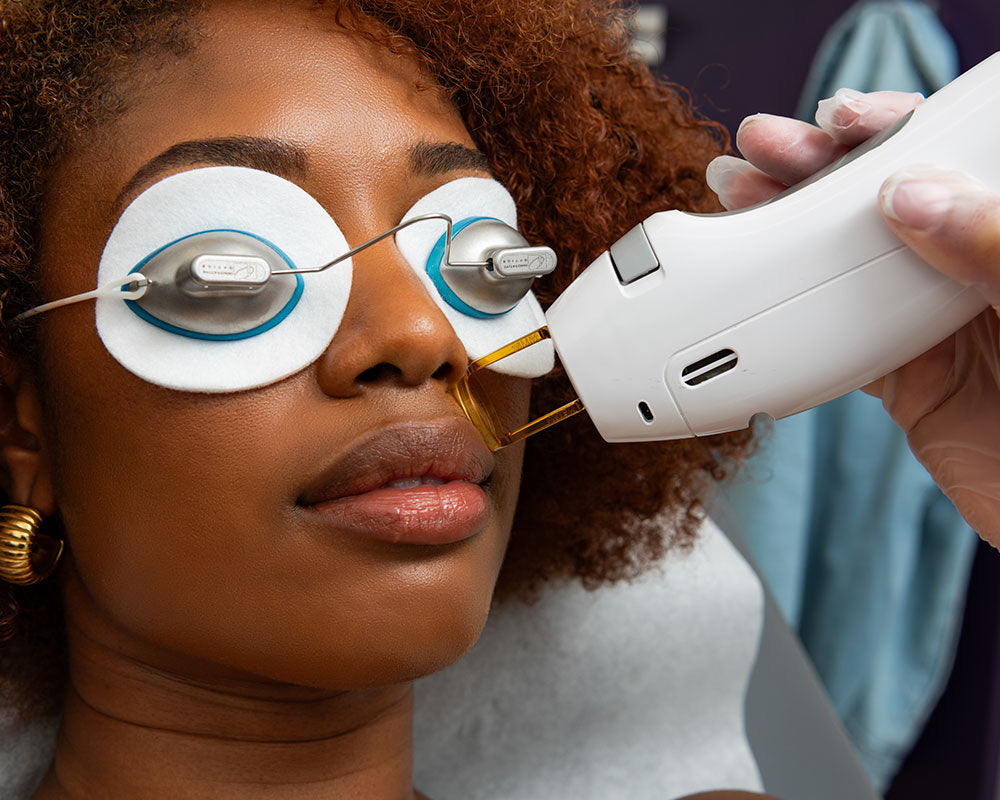
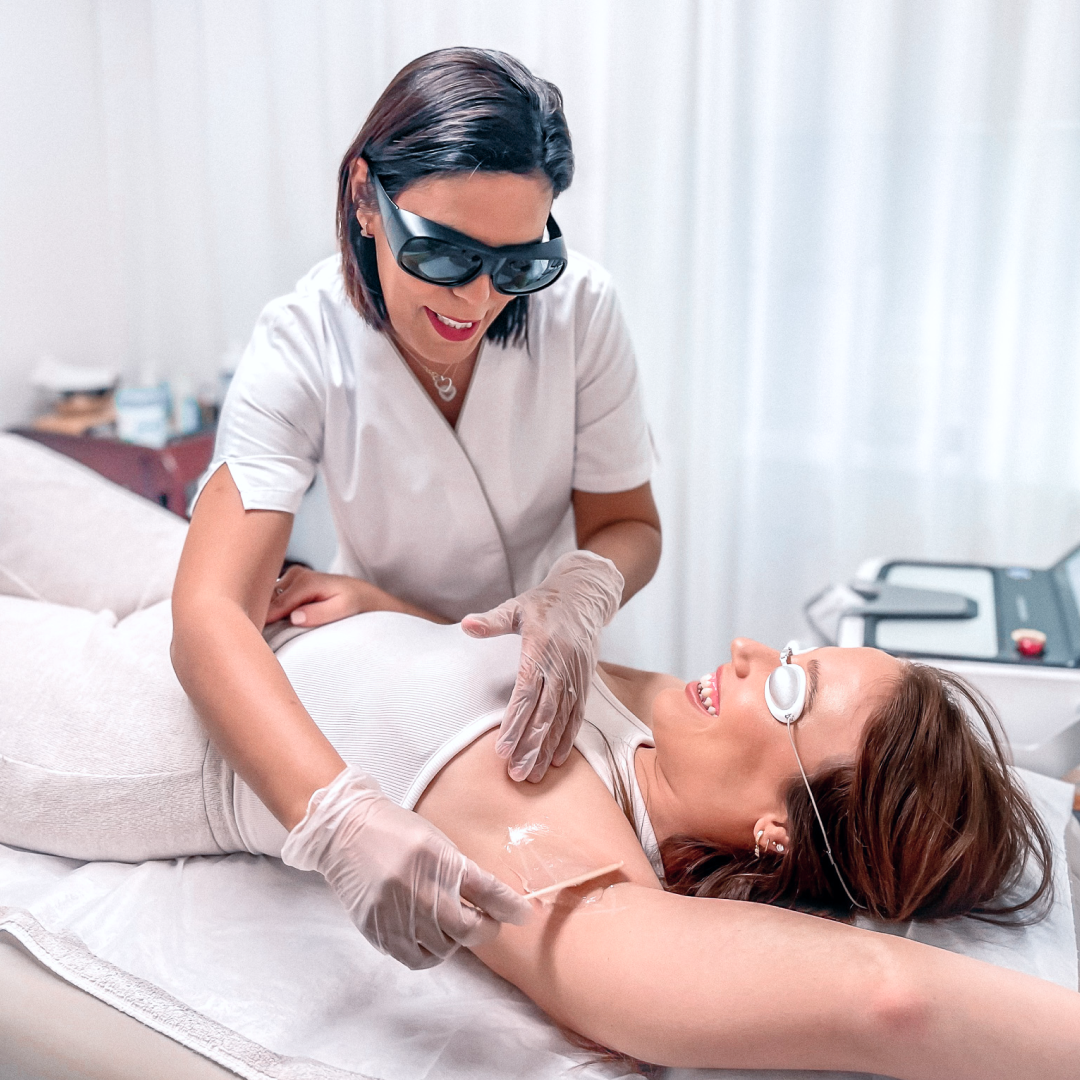

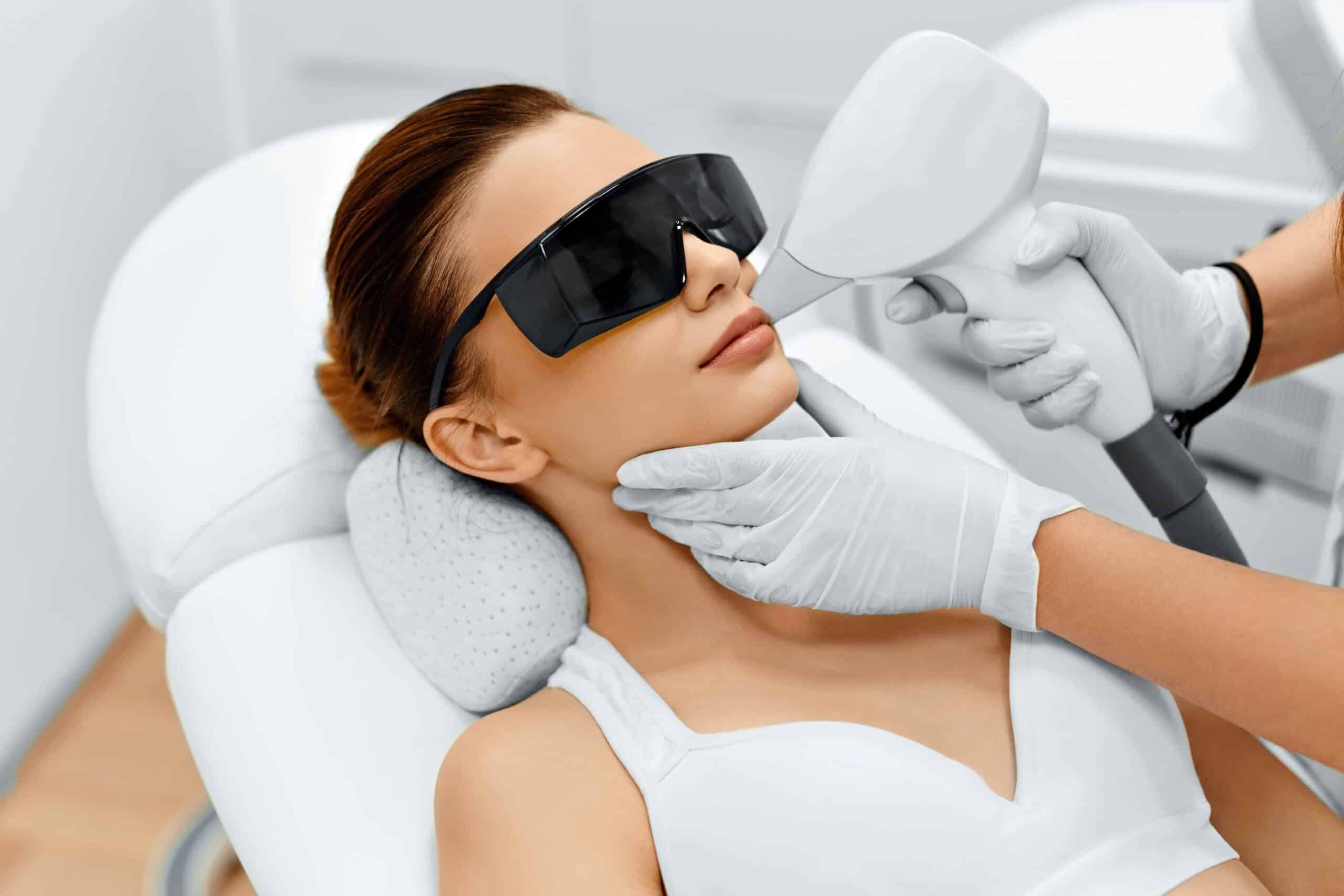
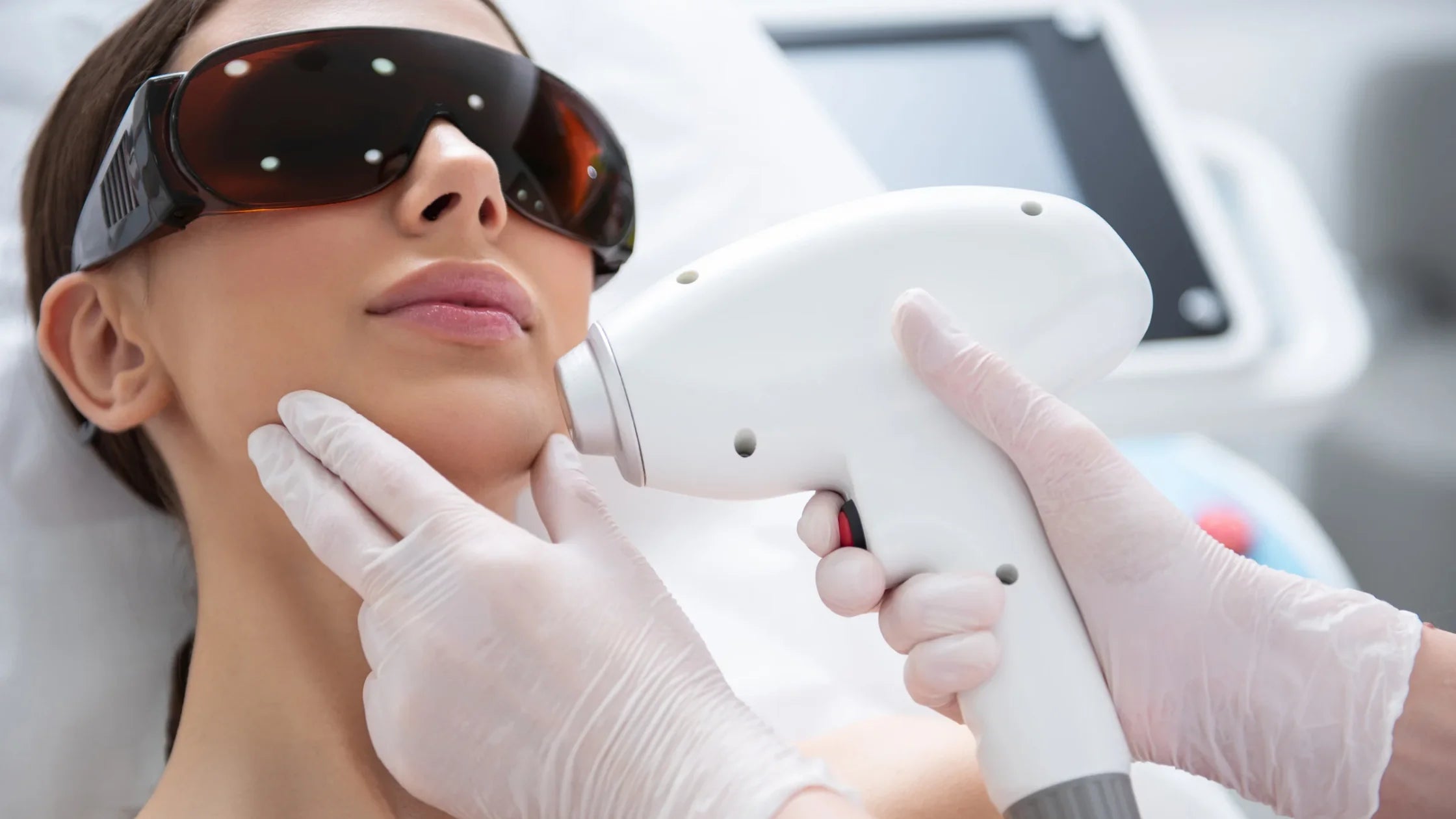

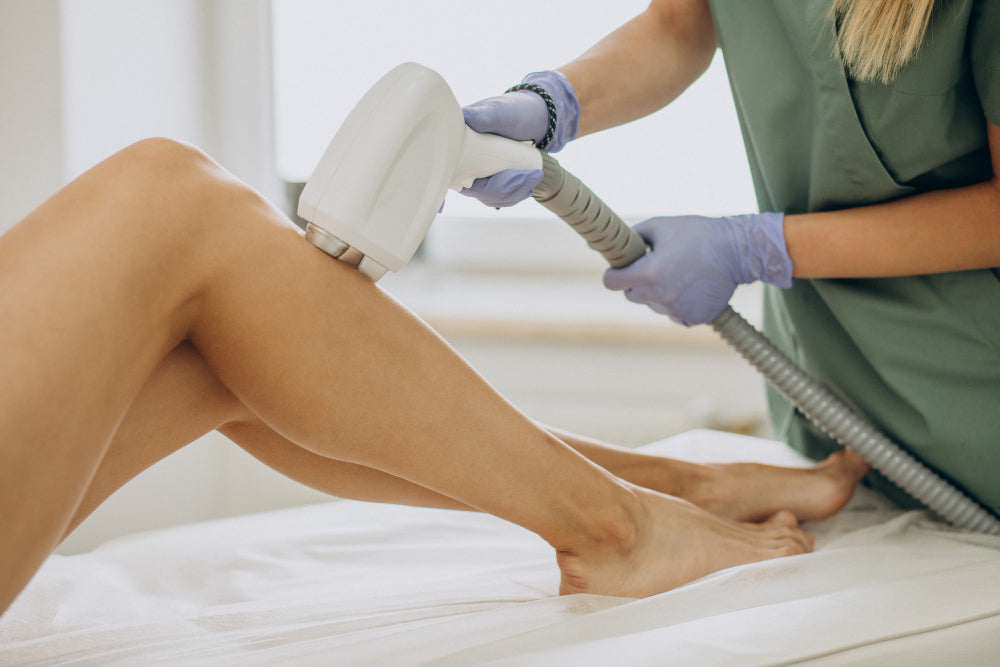

Share: